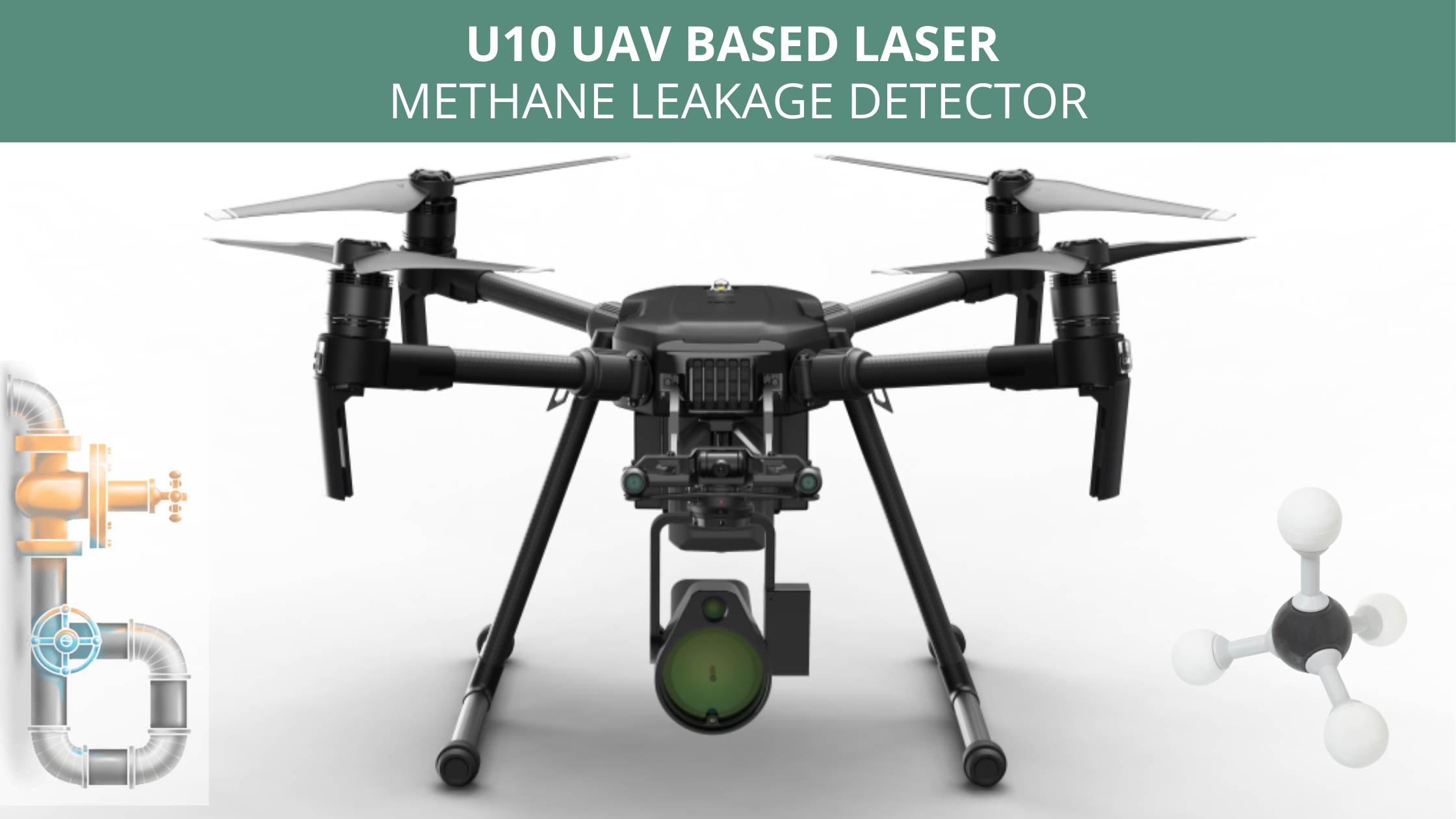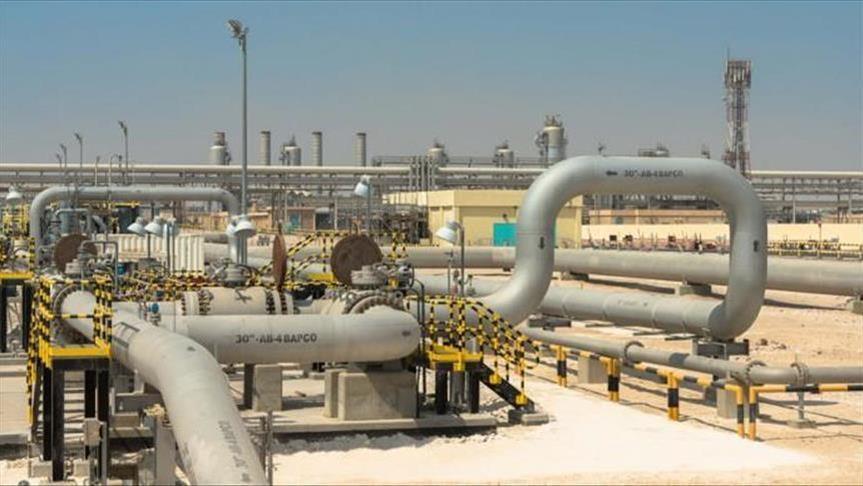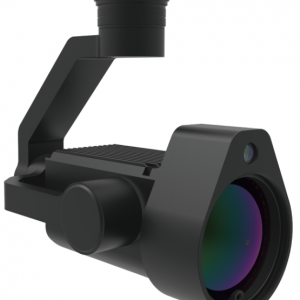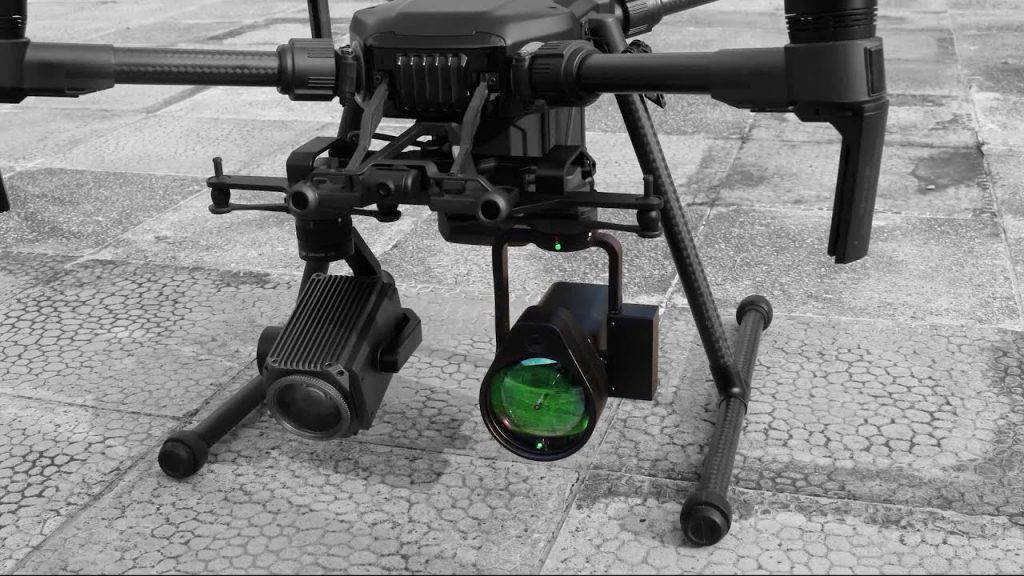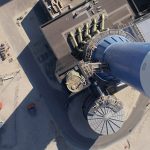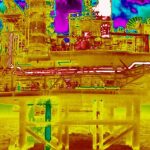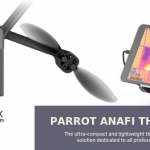Understanding the Benefits of Gas Detectors
Modern technology is continually evolving; we see that new and much better units appear on an ongoing basis. Therefore, it is no surprise to see that the drone industry also started using the solutions developed to minimize the risk of gas emissions. Let’s check how drones and gas detectors can help in methane leak detection and improve the safety of such operations.
What Are Gas Detectors?
It’s a powerful device that can easily detect the presence of gases in this or that area (it often acts as a part of a safety system). This device is usually used for detecting gas leaks and emissions in the atmosphere. The sensor acts as a reference point and produces an electric current when a chemical reaction caused by a certain gas occurs. The main goal of the sensor is to monitor all these currents and notify people when the gas approaches a hazardous amount.
The tools that were used many years ago could detect only one gas, but modern models can easily measure several gases, including O2, LEL, H2S, and CO.
It goes without saying that the human eye can’t see the majority of pollutants. We can see them only when their effects can’t be ignored. For example, methane is the main component of natural gas, usually regarded as a clean energy source. But when methane leaks, it will warm the Earth’s atmosphere. Moreover, methane is deemed to be the second biggest contributor to global warming (carbon dioxide is in the first place).
In the USA, the danger from oil and gas emissions can’t be neglected. In this country, emissions from gas and oil systems are the main source of methane in the air. Gas detectors with drones guarantee continuous monitoring of the whole natural gas infrastructure. These tools can find leaks in seconds and help reduce air pollution.
What Are The Key Benefits of Methane Leak Detection Drone Services
Methane leak detection is a severe operation that can save lives and prevent serious disasters. Here’s a list of the main benefits of such services:
- Actionable Reporting. Operators use gas leak detection services for gathering critical data regarding the condition of the pipeline.
- Adjustable Threshold. The methane analyzer is usually configured with minimum and maximum values to meet the needs of your company.
- Accuracy. Gas detectors allow people to find minute quantities of methane before the gas can cause a disaster.
- They can quickly identify toxic, flammable, and combustible gases in one place.
- Easy use. Gas detectors can be mounted to drones and inspect pipelines in hard-to-reach places. As a result, people don’t risk their lives.
- Convenience for the whole stuff. Experts can check more areas in a shorter amount of time.
How Drones Can Improve Safety and Efficacy
When a human factor is removed from any dangerous situation, it is definitely a plus. When a person can stay anywhere from 100 meters to several miles away from the disaster, it can significantly reduce the risk. The traditional method is the following: a person is kitted up in a large and heavy suit that is normally equipped with an air tank and a handheld sensor. This person had to get as closer to the source as possible. A UAV solution with a gas detector is a much better and more reliable method to identify gas leaks.
There’s also one thing you need to be aware of. Many gases are lighter than air. This means that in an indoor environment, the gas usually rises and gets thicker near the ceiling. This means that ground-based experts can’t get accurate results. This is where the use of drones might be a good idea. It goes without saying that having a tool that can easily navigate in the dangerous area is one of the critical advantages of aerial solutions.
Moreover, when navigating a disaster zone, adding a 3D map or a 360-degree panoramic also allows you to get much better results.
Overview of the Best Multi-Gas Detectors
As you can see, pre-set inspection flights with integrated gas detectors guarantee a powerful inspection capability without costly infrastructure. Here’s a list of the most powerful gas detectors that can easily be mounted to drones.
FLIR Muve C360
This gas detector was developed for use with the DJI Matrice 210 (V1 or V2). It’s the first multi-gas detector that is fully integrated and built with emergency services in mind. The main goal of this system is to help experts get real-time reports regarding chemical hazards.
Moreover, the main benefit of this system is that it comes with an 8-channel sensor with a Photoionization Detector (PID) and a Lower Explosive Limit (LEL) detector. As a result, it can easily detect combustible gases such as oxygen, carbon monoxide, chlorine, hydrogen sulphide, and nitrogen dioxide.
This tool also can produce readings based on an alarm system. This means that if you want to know when a certain gas is at a dangerous level, it will showcase you everything in real-time. The company-manufacturer guarantees that this tool is a game-changer for emergency responders.
U10
AILF Instruments, a partner of DJI, recently introduced this powerful UAV-based methane leakage detector. This tool is built for methane detection and is suitable for the M200 series. With the U10, experts can target pipelines, gas plants, and various storage sites in a matter of seconds. In combination with a drone, this tool can easily access the places that are really hard to reach. It comes with the tunable laser diode and a powerful absorption measurement system that can help experts detect gas leaks up to 100 m from the aircraft.
FLIR G300a OGI Camera
Being a powerful optical gas imaging camera that contains a cooled Indium Antimonide detector, it can easily produce thermal images of 320×240 pixels. The greatest benefit of this solution is that it has high sensitivity and can detect even the smallest leaks. This gas detector can identify the following gases:
- benzene;
- ethanol;
- heptane;
- octane;
- isoprene;
- methanol;
- methane;
- ethane;
- propylene, and much more!

